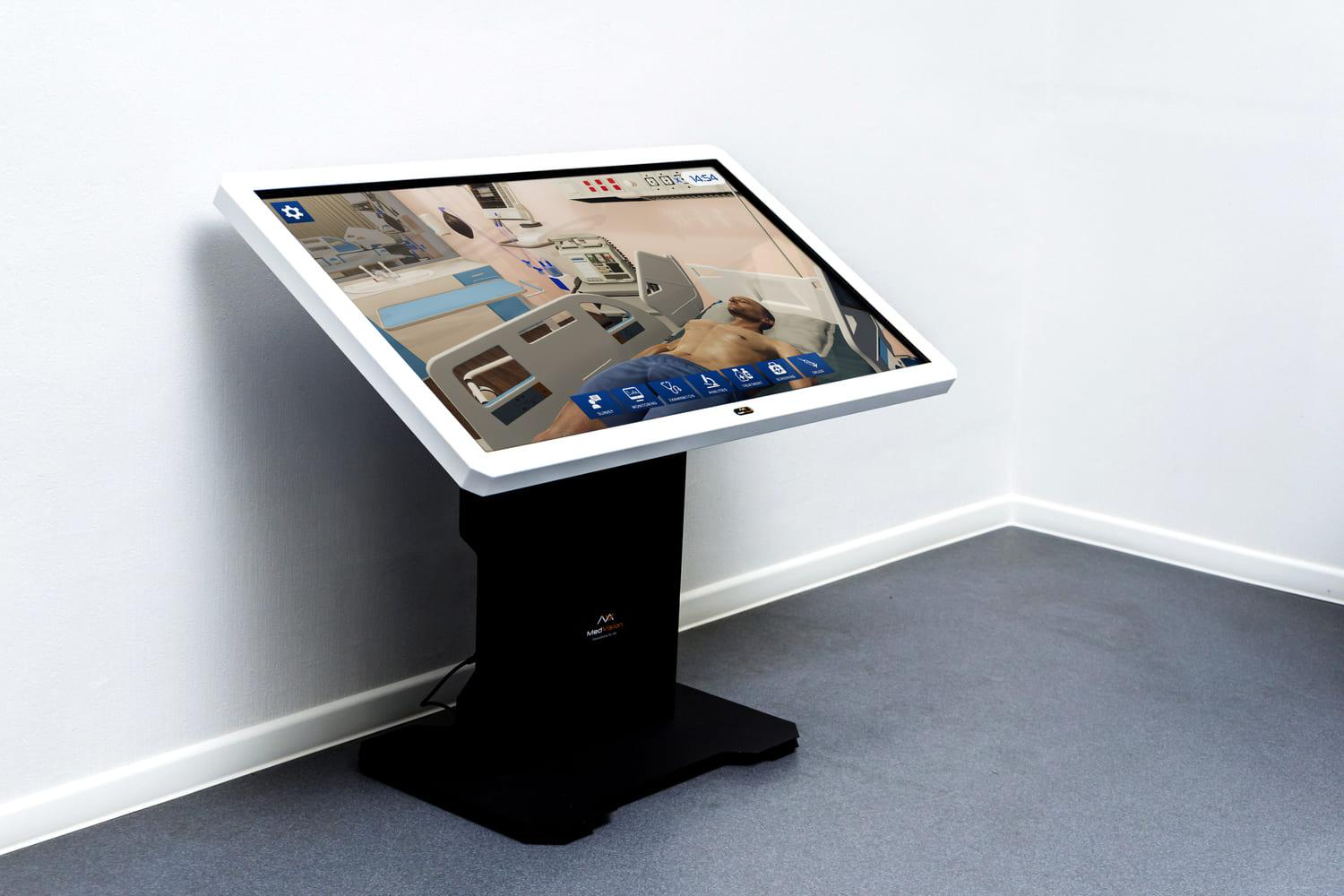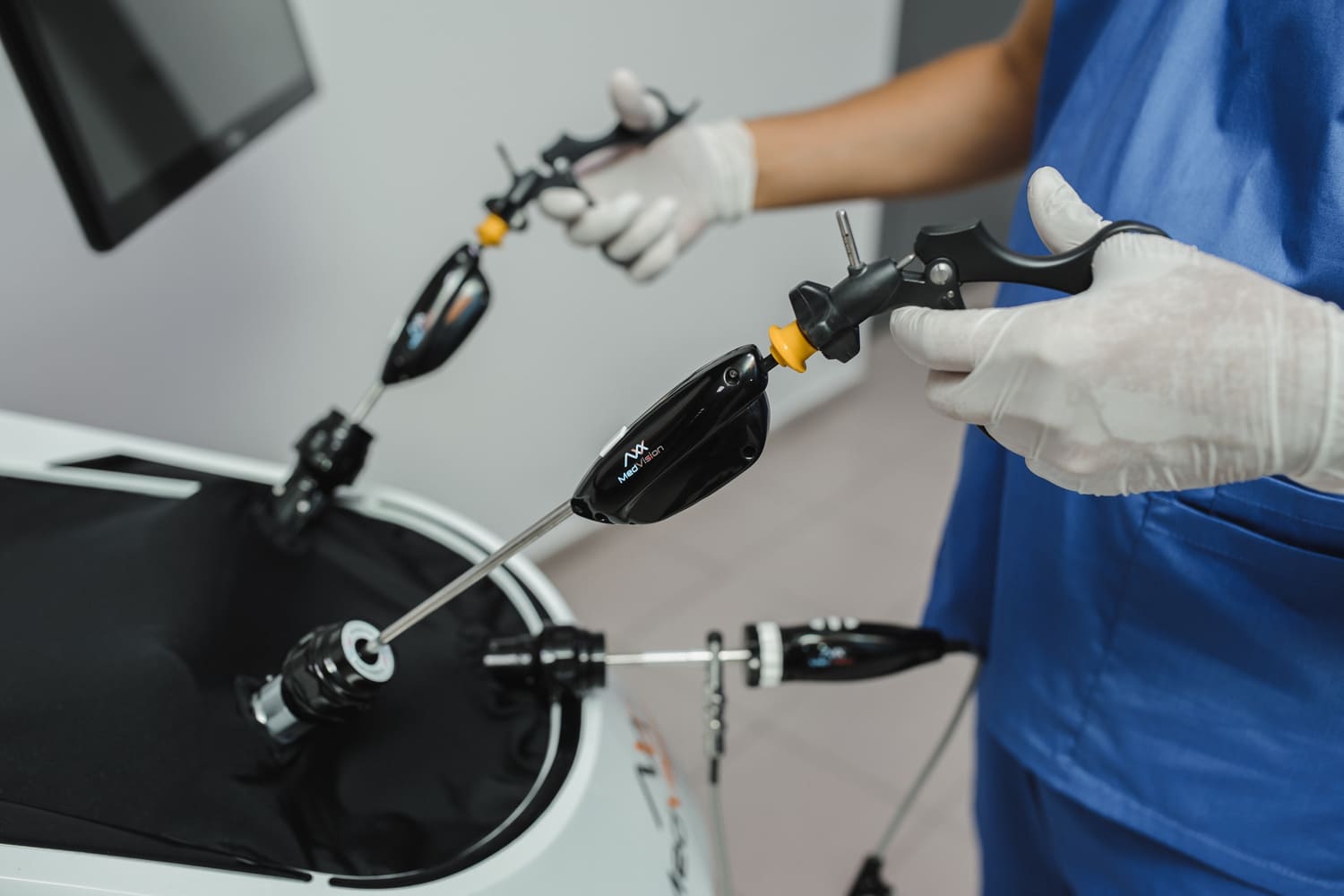
Types of Medical Software: Key Solutions Reshaping Healthcare
What Are the Main Types of Medical Software?
In contemporary healthcare, types of medical software have become the hidden infrastructure that sustains hospitals, clinics, and research institutions. Put simply, medical software refers to a wide spectrum of digital applications designed to streamline workflows, improve diagnostic precision, and reinforce patient safety. According to the U.S. Food and Drug Administration and the World Health Organization, software in medicine spans from electronic record systems to simulation-based learning tools, each crafted to ensure more reliable outcomes in clinical practice.
From a definitional perspective, medical software is any program developed to manage, monitor, or enhance medical processes. It may handle diagnostics, track treatment plans, integrate laboratory results, or serve as an educational instrument for patients and professionals alike. Modern healthcare could not operate without such digital infrastructures, as they directly influence decision-making, data accuracy, and patient care quality.

Why Does Healthcare Depend on Software?
Healthcare today is inseparable from software-driven solutions. Hospitals are no longer paper-dominated systems; they rely on integrated platforms that allow physicians to access patient records instantly, radiologists to compare imaging results, and educators to train students with life-like simulations. The adoption of medical software translates into greater safety margins, reduced errors, and more seamless communication across departments.
At the core, software improves three pillars of healthcare:
• Data management — electronic health records and clinical data storage that safeguard patient information.
• Decision-making — diagnostic software, AI-driven analytics, and predictive models that enhance patient outcomes.
• Education and training — medical simulation platforms such as anatomy tables or ultrasound trainers, enabling safer patient care practices.
It is worth noting that companies like MedVision have contributed to this transformation by creating interactive solutions. Their 3D Anatomy Table S.Vision exemplifies how software and hardware merge to create an immersive environment for learning anatomy and clinical procedures, ultimately reinforcing patient-centered training.
The Spectrum of Medical Software
The diversity of medical software mirrors the complexity of healthcare. To categorize them, specialists often distinguish between administrative, diagnostic, therapeutic, and educational types. While some focus on behind-the-scenes logistics, others are directly responsible for safeguarding patient health.
Here are the most prominent categories:
- Electronic Health Record (EHR) systems — the backbone of digital healthcare, designed to centralize patient data, making it accessible across facilities.
- Medical billing and practice management software — vital for ensuring that healthcare providers maintain financial stability without compromising patient focus.
- Diagnostic and imaging tools — from CT and MRI viewers to specialized ultrasound platforms, enabling clinicians to identify issues with unprecedented clarity.
- Simulation-based educational software — systems like MedVision’s simulators, where students learn procedures on virtual patients before entering real wards.
- Telemedicine applications — bridging the gap between doctors and patients, especially critical in rural or underserved regions.
Each type has its place, but together they form the ecosystem that defines modern healthcare. Whether for a general practitioner, a surgeon, or an educator, these tools act as extensions of human expertise, embedding precision into everyday practice.
How Do Electronic Health Records Transform Patient Care?
One of the most established types of medical software is the Electronic Health Record, commonly abbreviated as EHR. At its essence, this software consolidates a patient’s clinical history, laboratory tests, prescriptions, and imaging into a unified interface. Such integration ensures that healthcare providers do not rely on fragmented paper archives but instead on a continuously updated digital profile.
The strength of EHR lies in accessibility and consistency. Physicians across departments can instantly review diagnostic notes, verify medication schedules, and adjust therapies in real time. For patients, this means fewer repeated tests, minimized errors in prescriptions, and faster responses during emergencies. In modern healthcare, EHR software is nothing less than a central nervous system.
Furthermore, regulatory bodies such as HIPAA in the United States or GDPR in Europe have defined strict frameworks for data protection, ensuring that sensitive medical records remain secure. Thus, EHR software not only accelerates workflows but also enforces a higher level of trust between patients and their caregivers.

What Role Does Medical Billing and Practice Management Software Play?
Beyond clinical accuracy, healthcare must also operate as a sustainable system. Billing and practice management solutions are indispensable software tools that ensure medical institutions maintain financial health. These platforms automate invoicing, insurance verification, and reimbursement processes, preventing errors that might otherwise delay or obstruct patient treatment.
For clinics and hospitals, adopting billing software reduces administrative burdens, allowing medical staff to spend more time with patients rather than drowning in paperwork. On the other hand, patients benefit from transparent invoices and streamlined payment procedures. This alignment of financial clarity and clinical focus is precisely why billing systems rank among the most essential types of medical software in today’s healthcare.
Diagnostic and Imaging Software: The Eyes of Modern Medicine
The ability to diagnose accurately and swiftly is one of the decisive factors in saving lives. Diagnostic and imaging tools have redefined how patients are assessed, moving from manual interpretations of X-rays to advanced software that reconstructs organs in three dimensions. Radiologists now depend on such software to navigate intricate medical images and detect irregularities invisible to the naked eye.
For example, a software platform may automatically highlight tissue anomalies, suggest comparative cases, or even integrate with AI systems that predict disease progression. These solutions accelerate diagnostic speed, increase precision, and ultimately reinforce patient safety. In fact, the evolution of diagnostic software parallels the broader evolution of healthcare itself — both leaning toward proactive, data-driven care rather than reactive treatments.
Simulation and Educational Software: Training Without Risk
Perhaps one of the most transformative types of medical software is simulation. Unlike diagnostic or billing tools, its primary mission is not administrative or clinical but educational. Simulation software creates controlled environments where students and professionals alike can practice, make mistakes, and learn without endangering a real patient.
Here, MedVision’s contribution becomes particularly noteworthy. The company’s 3D Anatomy Table S.Vision and simulation software platforms exemplify how digital education bridges the gap between theoretical knowledge and practical expertise. Learners can explore human anatomy, conduct virtual dissections, or rehearse emergency protocols — all within an interactive digital ecosystem.
For patients, this translates into a safer healthcare experience, as future professionals arrive on the ward with tested skills and rehearsed decision-making strategies. Medical simulation software therefore fulfills a dual mission: strengthening the confidence of practitioners while simultaneously enhancing the safety of those under their care.

How Is Telemedicine Software Redefining Healthcare Delivery?
Among the most revolutionary types of medical software, telemedicine platforms have permanently altered the relationship between physicians and patients. Rather than requiring physical presence, these solutions allow consultations through secure video calls, chat systems, and remote monitoring devices. For patients in rural areas or those with limited mobility, such software delivers access to healthcare that would otherwise remain out of reach.
On the provider side, telemedicine software integrates with electronic health records and diagnostic tools, enabling clinicians to review patient data in real time during virtual visits. Beyond convenience, it also reduces hospital congestion and mitigates infection risks — a critical advantage highlighted during the global medical pandemic.
Telemedicine does more than connect doctor and patient; it expands the very definition of clinical care. With wearable devices feeding vital signs into digital dashboards, physicians can track medical conditions continuously, adjusting treatments proactively rather than reactively. Thus, telemedicine software transforms healthcare into an ongoing dialogue rather than a series of episodic encounters.
Can Therapeutic and Rehabilitation Software Replace Traditional Methods?
Therapeutic platforms represent another category of types of medical software that bridge the line between treatment and technology. These applications are designed to assist in physical rehabilitation, mental health therapy, and chronic disease management. For patients recovering from strokes or injuries, rehabilitation software guides motor exercises through interactive programs, often enhanced by motion sensors or virtual reality.
In mental health, digital therapeutic software delivers structured cognitive-behavioral programs accessible from home. Patients benefit from continuous engagement, while therapists can monitor progress via secure dashboards. Such systems demonstrate how medical treatment increasingly depends not just on in-person expertise but also on persistent software-driven support.
From a healthcare perspective, therapeutic platforms also improve efficiency. Instead of requiring daily visits, patients can perform supervised routines at home, reporting outcomes electronically. This reduces costs, saves time, and expands access to quality treatment. Software does not replace human clinicians but augments them — ensuring that care remains both personalized and scalable.

Data Analytics and Decision-Support: Guiding Smarter Medical Choices
Modern healthcare generates a staggering volume of data. Without structured analysis, much of it would remain untapped. Decision-support systems, an advanced branch of software, transform this data into actionable insights. By analyzing lab results, imaging, and patient histories, these platforms assist clinicians in choosing the most effective treatment paths.
Decision-support tools highlight potential drug interactions, suggest alternative diagnoses, and even project likely outcomes of treatment scenarios. For patients, the outcome is greater safety and more tailored medical care. Hospitals that integrate such platforms report fewer errors, faster diagnostic processes, and stronger adherence to evidence-based practices.
Interestingly, the same analytical frameworks that power decision-support software also play a role in educational tools such as MedVision’s simulation systems. Here, data tracking is used not only for clinical improvement but also for refining training performance, ensuring that learners continuously enhance their patient-care competencies.
Why Is Interoperability the Cornerstone of Future Software?
One recurring theme across all types of medical software is interoperability — the capacity for different platforms to communicate seamlessly. A telemedicine application that cannot exchange data with an EHR, or a rehabilitation program that remains isolated from diagnostic records, ultimately diminishes patient outcomes.
Modern healthcare increasingly demands unified ecosystems where administrative, diagnostic, therapeutic, and educational software interact without barriers. The medical future lies in integrated systems that allow a single patient profile to follow seamlessly across hospital departments, private clinics, and even home-based care.
Interoperability is also where companies like MedVision gain strategic importance. By developing educational and simulation platforms designed for compatibility with existing healthcare systems, they ensure that innovation does not occur in isolation but as part of a broader technological dialogue.

The Rise of Artificial Intelligence and Predictive Analytics in Healthcare Software
Artificial intelligence is no longer a futuristic concept; it is a practical force reshaping everyday healthcare. Among all types of medical software, AI-driven platforms stand out for their ability to process massive datasets and reveal patterns invisible to human judgment. From predicting disease outbreaks to tailoring treatment regimens based on patient genetics, predictive analytics represents a quantum leap forward in medical science.
AI-powered software can flag anomalies in diagnostic imaging faster than traditional methods, support triage decisions in emergency care, and optimize patient scheduling for maximum efficiency. For patients, this translates into quicker diagnoses, fewer errors, and smoother journeys across the healthcare continuum.
Predictive analytics, when integrated into educational tools like MedVision’s simulation-based training, also guides learners by anticipating their weak points and recommending customized learning modules. By aligning such adaptive approaches with patient needs, training becomes not only technically precise but also clinically relevant. This synergy illustrates how the future of healthcare is inherently tied to software innovation, ensuring better preparedness for patient-centered care.
FAQs About Types of Medical Software
What are the main types of medical software?
They include electronic health records, telemedicine platforms, diagnostic imaging tools, therapeutic and rehabilitation systems, patient management applications, and simulation-based training.
How do patients benefit from healthcare software?
Patients gain faster access to treatment, more accurate diagnoses, secure data storage, and personalized therapies guided by predictive analytics.
Why is simulation important in medical education?
Simulation, as offered by companies like MedVision, allows healthcare professionals to practice complex procedures on advanced platforms without risking patient safety.
Is cybersecurity critical in medical software?
Yes. Cybersecurity safeguards sensitive patient data, ensuring trust in digital healthcare systems while maintaining compliance with international standards.
Schedule online demo
Immerse yourself in a demo to see how MedVision transforms traditional learning into an engaging, interactive experience





